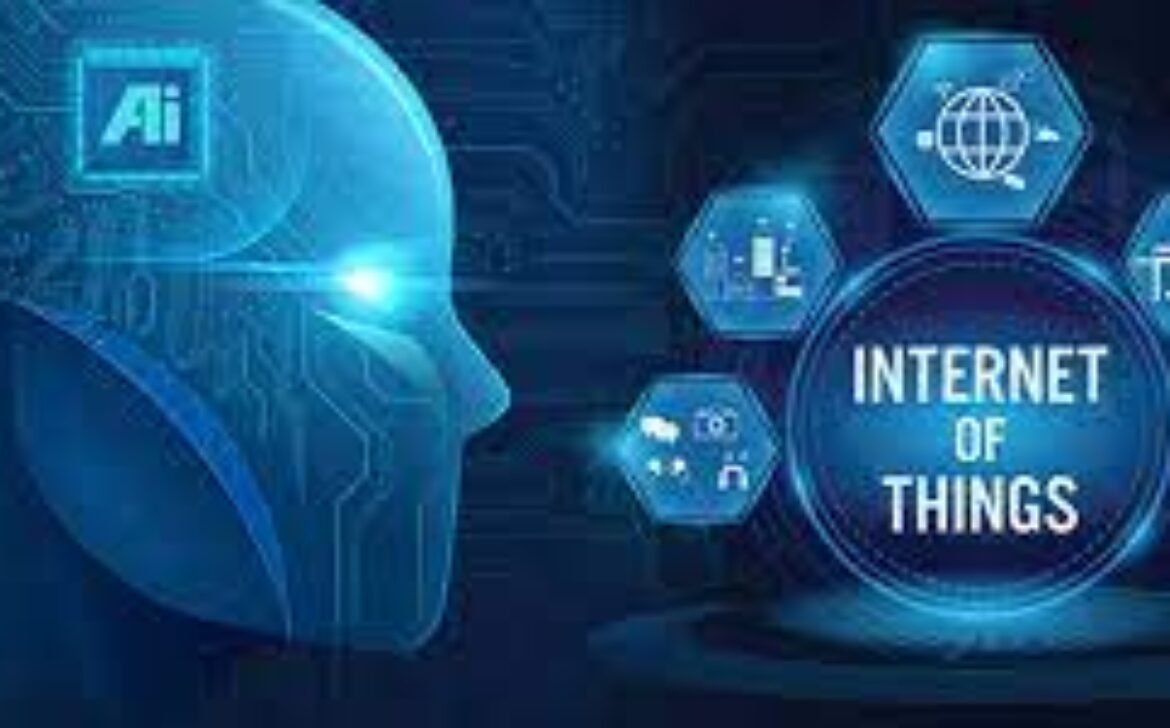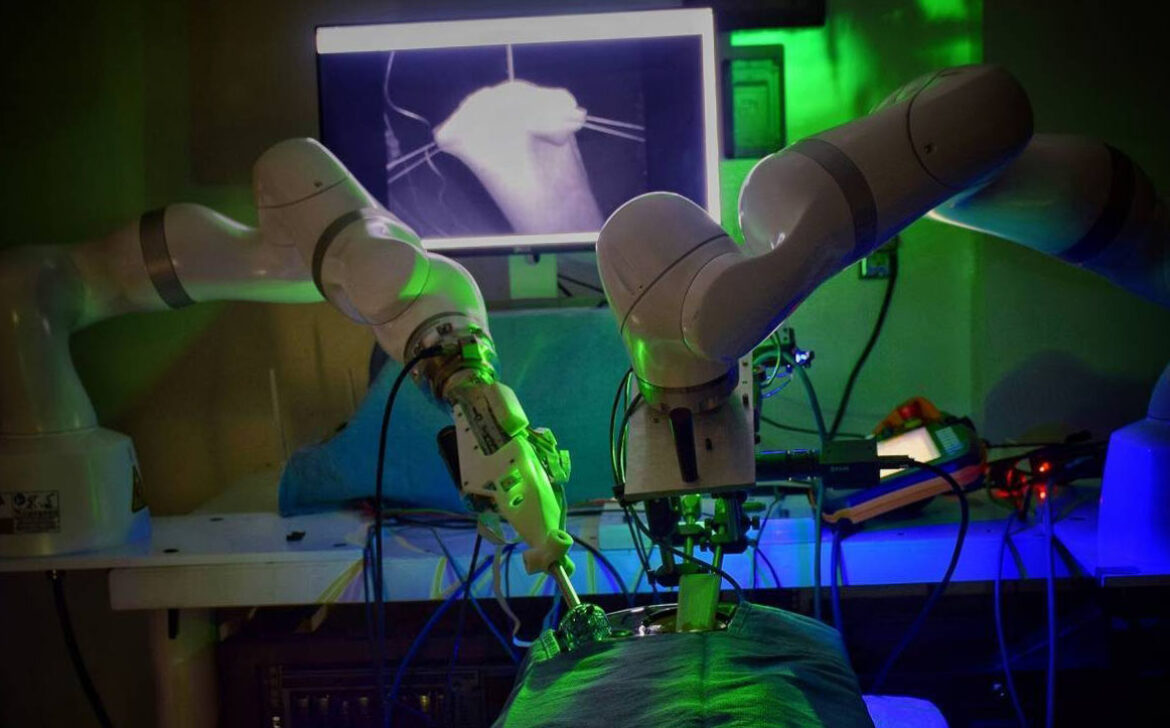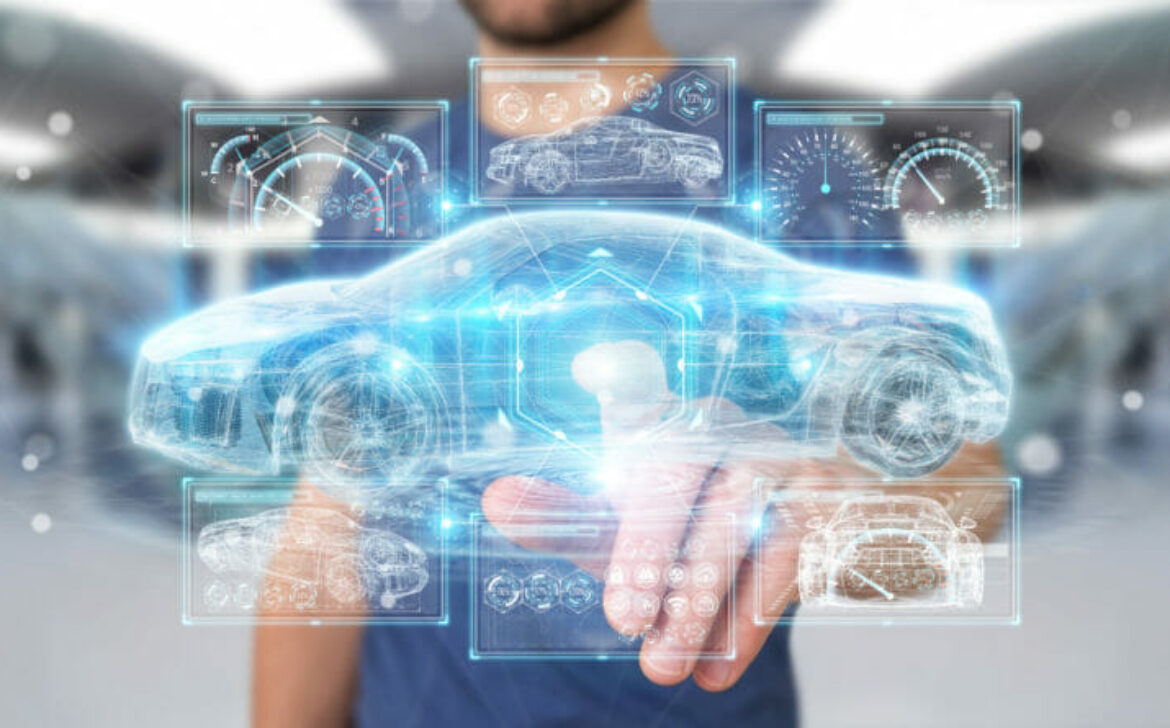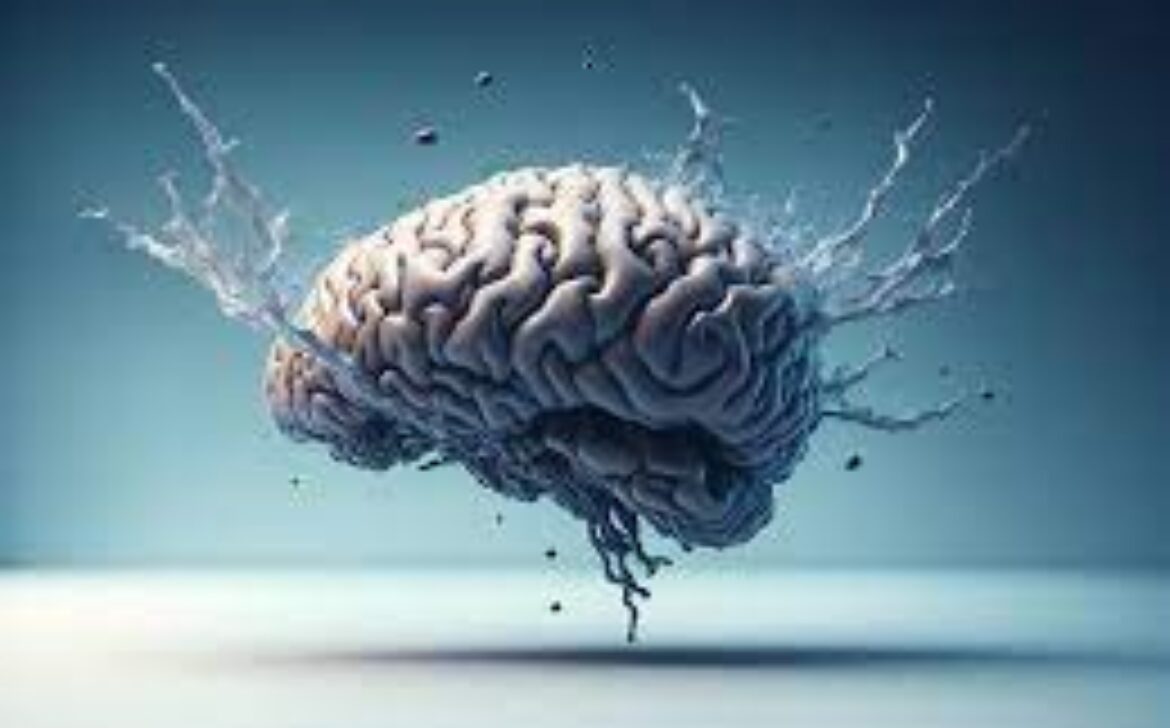Exploring the Building Blocks of Artificial Intelligence: Key Components and Their Roles
Unlocking the Power of Artificial Intelligence: Exploring Its Components and Evolution
Artificial Intelligence (AI) isn’t merely a buzzword; it’s a revolutionary domain reshaping our interaction with technology and data. To grasp AI’s essence fully, let’s dissect its components and delve into their collaborative synergy.
Machine Learning: The Heartbeat of AI
Machine learning, the core of AI, crafts algorithms capable of learning from data, enhancing performance without explicit programming. Key approaches include supervised, unsupervised, and reinforcement learning.
Natural Language Processing (NLP): Decoding Human Language
NLP empowers machines to comprehend, interpret, and generate human language. It drives virtual assistants, sentiment analysis, and language translation tools, extracting insights from vast textual data sources.
Computer Vision: Enabling Machines to “See”
Computer vision imparts machines with visual interpretation abilities, from facial recognition to medical image analysis. Deep learning techniques, especially convolutional neural networks (CNNs), have revolutionized this field.
Neural Networks: Inspired by Human Intelligence
Neural networks, mirroring the human brain, find applications in image and speech recognition. Deep learning, reliant on these networks, achieves unparalleled accuracy in intricate tasks.
Data: The Driving Force of AI
Data fuels AI, training models and neural networks. High-quality data is essential, with preprocessing, cleaning, and labeling ensuring precise results.
The Synergy of Components
AI thrives on the interplay between components. Machine learning algorithms use data to train models, enabling NLP tasks and image analysis. Neural networks, often combined with other components, yield remarkable outcomes.
The Future of AI: A Rapid Evolution
AI’s components evolve swiftly. Advances in deep learning, reinforcement learning, and quantum computing push boundaries. As AI matures, its impact on sectors like healthcare, finance, transportation, and entertainment deepens.
In conclusion, AI’s power emanates from its harmonious components. Understanding this synergy unveils the potential of this transformative technology, shaping a future where AI’s impact is limitless and transformative.













